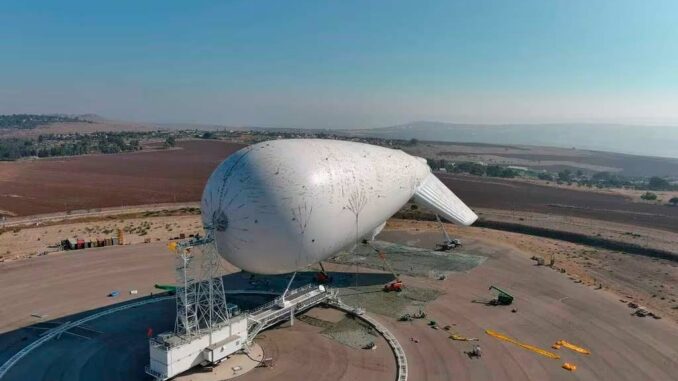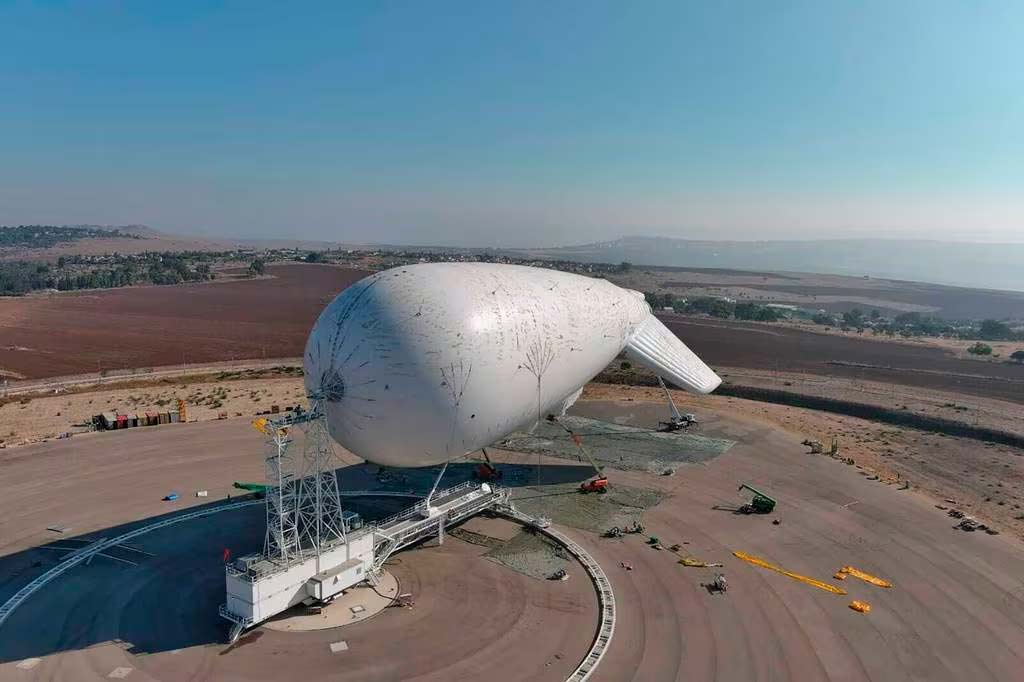
Poland buys four U.S. radar aerostat systems for $1 billion to strengthen its military surveillance.
In brief
Poland has signed a contract worth almost $1 billion with the United States for the purchase of four surveillance aerostats. These systems will be deployed on Poland’s eastern and northeastern borders, notably near Belarus and the Russian enclave of Kaliningrad. They will detect various objects such as missiles, aircraft, drones and maritime units. This reinforcement of surveillance capabilities is part of Poland’s response to the Russian invasion of Ukraine. Key suppliers include Raytheon, TCOM, ELTA North America and Avantus Federal.
–
Poland recently announced a major investment in its national defense, signing a contract worth almost $1 billion for the purchase of four radar systems based on U.S.-made aerostats. This acquisition is part of a series of efforts to strengthen the country’s surveillance and defense capabilities in the face of growing threats to its eastern borders.
Description and Operation of Surveillance Aerostats
Technical characteristics
Surveillance aerostats are airborne radar systems attached to tethered balloons, capable of remaining aloft for long periods. These systems can detect a wide range of objects, including missiles, aircraft, drones and maritime units. Their surveillance capability is made possible by advanced sensors and radars integrated into the aerostats.
Strategic deployment
The four aerostats purchased by Poland will be deployed at military bases in the eastern and north-eastern regions of the country, close to the borders with Belarus and the Russian enclave of Kaliningrad. This strategic position will enable continuous and extensive surveillance of potentially hostile military activities in these sensitive areas.
Funding and partnership
This project is financed by a loan provided by the United States, underlining the close defense cooperation between the two nations. The main contractors involved in this acquisition include Raytheon Intelligence and Space, TCOM, ELTA North America and Avantus Federal, ensuring the integration of state-of-the-art technologies into Polish surveillance systems.
Benefits of using Surveillance Aerostats
Continuous and versatile surveillance
One of the main advantages of aerostats is their ability to provide continuous and versatile surveillance. Unlike drones or aircraft, which require frequent rotation and recharging, aerostats can remain in position for weeks or even months. This capability enables constant surveillance of critical areas.
Early detection and reactivity
Aerostat radar systems offer early detection of potential threats, giving armed forces time to react appropriately. For example, the detection of ballistic missiles or hostile drones can trigger defensive measures to intercept these threats before they reach their targets.
Cost-effectiveness
Although the initial investment is significant, aerostats are relatively economical to operate compared with other surveillance methods. Their ability to cover vast areas with a single system reduces the need to deploy several more expensive units, such as reconnaissance aircraft.

Disadvantages and Challenges of Surveillance Aerostats
Weather vulnerability
One of the main disadvantages of aerostats is their vulnerability to adverse weather conditions. Storms, high winds and other extreme weather phenomena can damage aerostats or reduce their operational efficiency. It is therefore crucial to integrate weather forecasting systems and safety protocols to minimize these risks.
Range and altitude limits
Although capable of surveying vast areas, aerostats have limits in terms of range and altitude. Their operational altitude is generally between 3,000 and 4,500 meters, which may not be sufficient to detect certain threats at very long range or high altitude. Complementary solutions, such as satellites or surveillance aircraft, may be required for complete coverage.
Technological dependence
Maintaining and operating aerostats requires a sophisticated technological infrastructure. Any technical failure, cyber-attack or maintenance problem can compromise surveillance capability. Trained personnel and redundant systems are essential to ensure uninterrupted surveillance.
Strategic and Military Consequences
Enhanced national security
The acquisition of these aerostats represents a significant step forward for Poland’s national security. By strengthening the surveillance of its borders, Poland can better anticipate and respond to potential threats, thus enhancing the protection of its territory and citizens.
Geopolitical influence
The purchase of these systems also strengthens Poland’s geopolitical position within NATO and the European Union. By investing in advanced technologies and working closely with the United States, Poland is demonstrating its commitment to contributing to regional security and deterring potential aggression.
Impact on relations with Russia
This acquisition could also have repercussions on relations with Russia. Enhanced surveillance capabilities on the Polish-Russian border could be perceived as a provocation by Moscow, increasing tensions in the region. It will be crucial for Poland to manage this situation diplomatically, while strengthening its defense.
–
Poland’s purchase of four radar aerostat systems is a major step towards strengthening its surveillance and defense capabilities. These systems offer many advantages, including continuous surveillance, early detection of threats and cost-effectiveness. However, they also present challenges, such as vulnerability to weather conditions and technological dependence. In a tense geopolitical context, this acquisition strengthens Poland’s strategic position and underlines the importance of international defense cooperation. The consequences of this decision will be closely watched, both nationally and internationally.